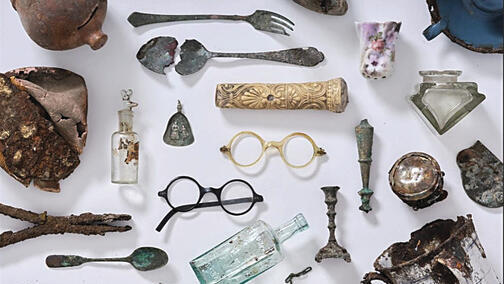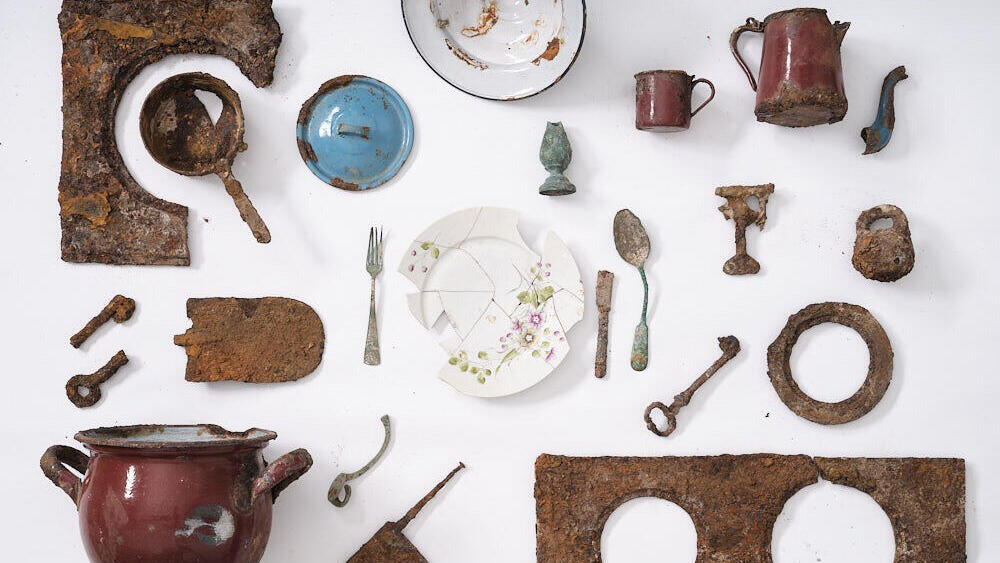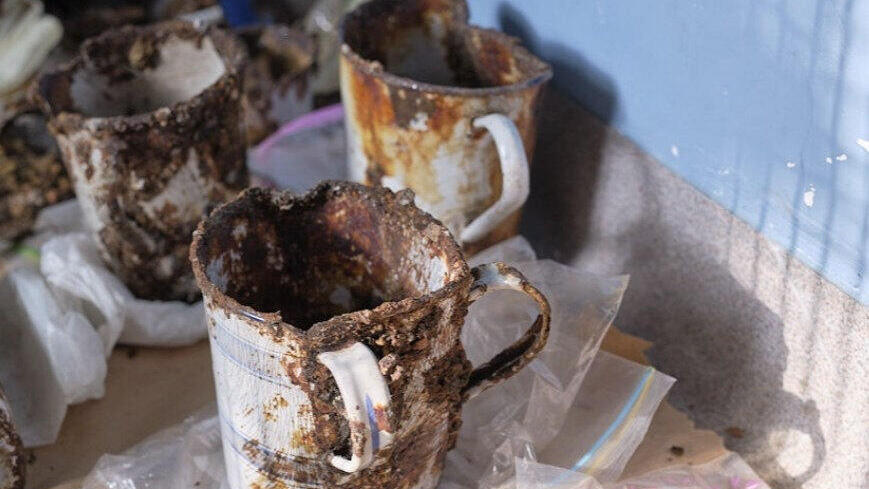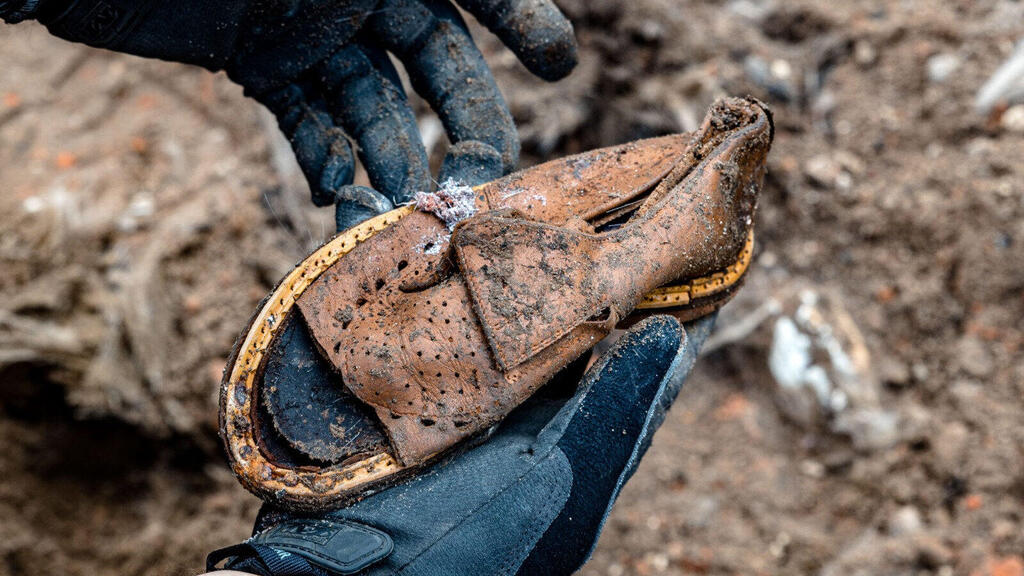Getting your Trinity Audio player ready...
During excavations in the basements of two buildings in Warsaw, at 39 and 41 Muranowska Street—near Mila 18, where Mordechai Anielewicz's bunker was located in the ghetto—more than 5,000 items related to the lives of Jewish residents before the war were discovered. These artifacts have been transferred to the Warsaw Ghetto Museum.
In the basements, various items connected to the daily and religious lives of the residents were found, including tefillin, prayer books and handwashing vessels.
According to researchers, due to their proximity to Anielewicz's bunker, some of the objects may have been part of it. Furthermore, this excavation site uniquely preserves the memory of the pre-war city. In contemporary Warsaw, rebuilt after World War II, this site allows one to approach a city that no longer exists and see that large parts of it still lie beneath the feet of its residents.
"The archaeological research was initially supposed to last four weeks. But at some point, we all fell into a magical vortex; we couldn't finish the excavations because more and more rooms were discovered," said Culture and National Heritage Minister Hanna Wróblewska.
"There were interpretations about where we were. Is this Mila 18? Mila 20? Muranowska? At some point, it became clear that we had discovered an underground city. Now, we are wondering how to handle it."
On May 8, the Faculty of Architecture at the Warsaw University of Technology held a discussion on public space commemoration, addressing the possibilities and challenges of preserving and appropriately commemorating the basements at Mila 18, uncovered during previous archaeological work.
The Warsaw Ghetto Museum has decided not to rebury the exposed basements and is taking steps to preserve them and transform them into a memorial site, a material testament to the history and heritage of Warsaw's Jews. The decision not to rebury the excavation site is also tied to the hope that it will serve as a lasting memorial—a permanent reminder of the city's vanished history.
Albert Stankowski, director of the Warsaw Ghetto Museum, emphasized the need to preserve Mila 18 for future generations: "What shocked me was meeting a group of Israeli teenagers. One girl asked if she could take a stone from the excavation site. Only then did I realize how important it is for young people coming to Poland and seeking material traces of history to be able to touch and see this history. This realization partly led to the Warsaw Ghetto Museum's effort to preserve Mila 18."






